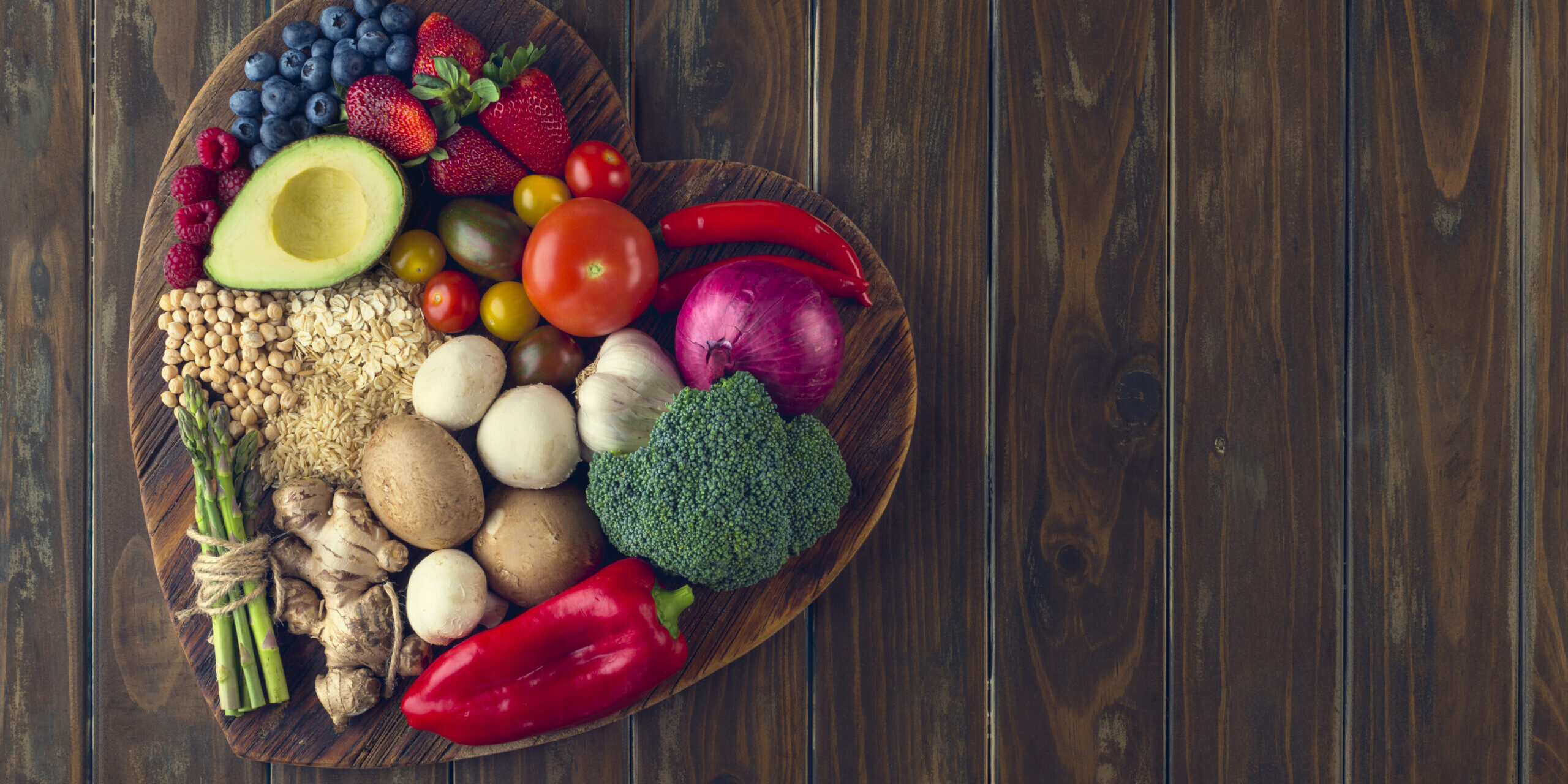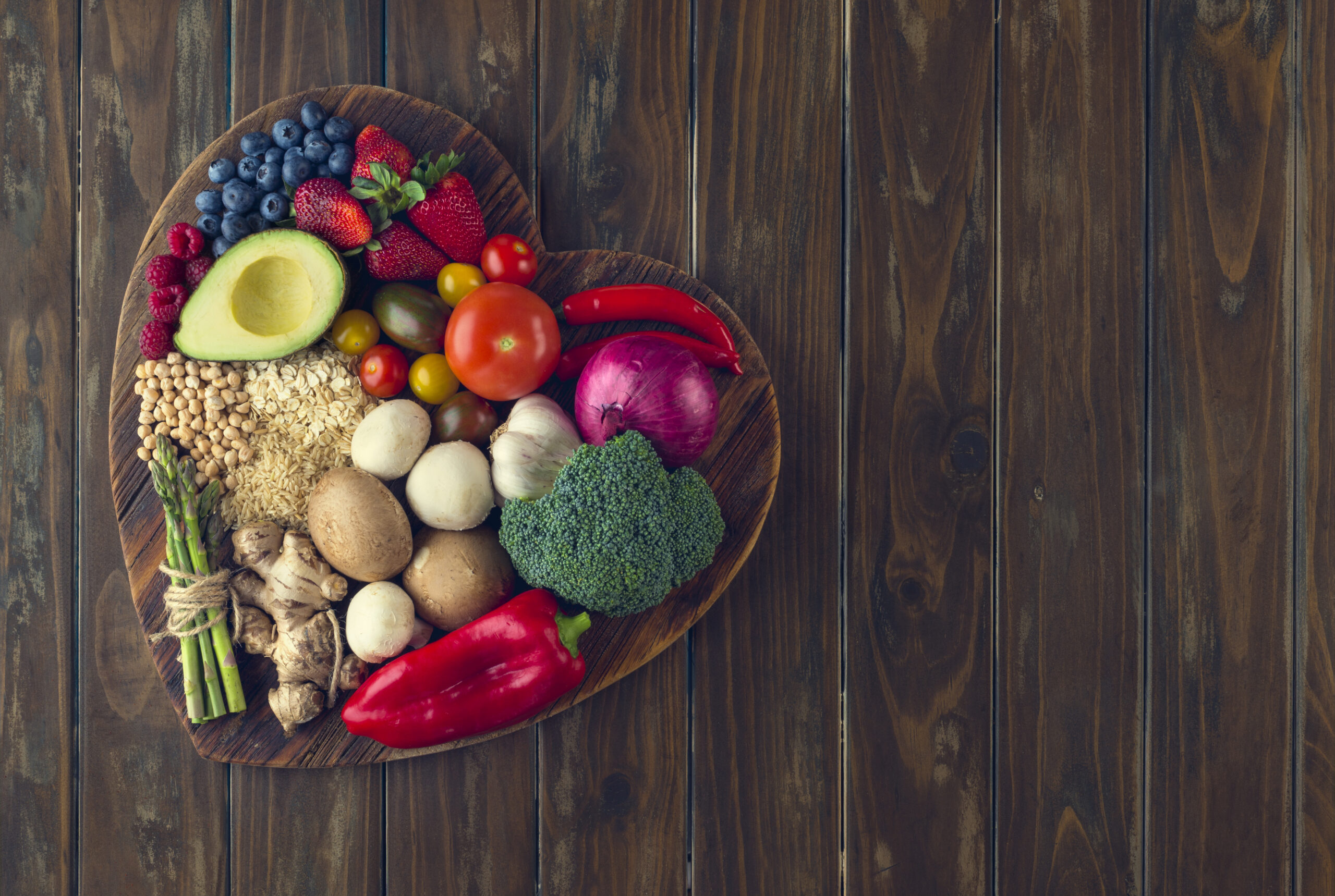By Daphne Baldwin Kornrich, MS, RDN, CSOWM, CDN
Insulin resistance is getting a lot of attention lately. Medical professionals, the daily news, television, magazines, and social media outlets are all shining new light on this serious, silent health condition, with many promoting yet again another magical diet that will correct this condition.
So, what is insulin resistance?
The food we eat is broken down through the digestive process to glucose (blood sugar). Glucose is our cells’ main and preferred energy source. To get glucose out of our blood stream and into our cells requires a transporter, which is insulin. Insulin is a crucial hormone which is produced in our pancreas. Insulin resistance occurs when the cells in our muscle, fat and liver don’t respond as well to insulin. This causes our pancreas to go into overdrive by producing more insulin to get glucose out of our blood stream and into our cells. Over time, our insulin receptors which allow our cells to respond to insulin become resistant. We then have more glucose in our blood and not enough insulin available to get the glucose into our cells for energy, which leads to increased hunger and cravings. If left untreated or ignored insulin resistance can lead to Type 2 diabetes. (1,2,3)
Insulin also helps to convert glucose into glycogen in our liver, which is a storage form of glucose. Glycogen is broken down to glucose when our cells are not getting the necessary fuel from our food intake. When the liver becomes too full of glycogen there is no more room to store extra glucose. Our liver, which is a super smart organ then directs the excess glucose to fat cells to be stored as body fat. (1,2)
What are the risk factors?
The Centers for Disease Control and Prevention estimate that one in three Americans have insulin resistance. Unfortunately, many people are not aware that they have insulin resistance. There are many risk factors for developing insulin resistance which include genetics, age greater than 45, ethnicity, history of gestational diabetes, polycystic ovary syndrome, cardiac disease, stroke, high blood pressure and abnormal lipid levels. Hormonal abnormalities, certain medications, and sleep apnea can also increase the risk for developing insulin resistance. (1,2)
However, researchers agree that the main cause of insulin resistance appears to be our waist size. An increase in visceral fat, which is a type of fat that is stored inside our abdomen and surrounds our stomach, liver, and intestines, can lead to serious health issues including insulin resistance. A waist circumference greater than 40 inches for men and 35 inches for women is associated with insulin resistance even if our BMI (Body Mass Index) is in the normal range. Research has also shown that fat cells not only store fat but contain hormones and components that can cause chronic inflammation which may lead to insulin resistance, type 2 diabetes, cardiac disease, and other chronic diseases. (1,2)
So, what do we have control over to help prevent or reverse insulin resistance?
Making changes in our eating patterns, getting at least 30 minutes of daily activity and adequate sleep are all important steps. There is no magic diet; however, small changes in our food choices can make a big difference:
- Choose more whole foods and less processed foods
- Avoid sugary beverages, juices, and foods with added sugar
- Read food labels to help educate yourself on the amounts of added sugar in food and beverages
- Eating fats and protein have little effects on blood sugar levels. However, it is important to choose the right fats and protein. Avoid foods high in saturated fats and focus on lean meats, poultry, and fish. Choose heathier fats such as olive oil, nuts, and avocados.
- Eating carbohydrates has the most impact on our blood sugar levels. Limit carbohydrates and choose those that are high in fiber such as fruits, vegetables, legumes, oatmeal, and whole grains.
- Eating a diet high in fiber will help with satiety and reduce spikes in blood sugar levels
- Stay clear of highly processed white flour products such as white rice, bread, and pasta (1,2,3)
Making small changes can be overwhelming. But remember that these small changes can lead to big health benefits. If you need support, there are registered dietitians/nutritionists who would love to help, educate, and support you to make these eating and lifestyle changes.
If you suspect you have insulin resistance do not self-diagnose. Make an appointment with your physician for a complete medical work-up.
References:
- https://www.endocrineweb.com/conditions/type-2-diabetes/insulin-resistance-causes-symptoms
- https://www.niddk.nih.gov/health-information/diabetes/overview/what-is-diabetes/prediabetes-insulin-resistance
- https://www.webmd.com/diabetes/insulin-resistance-syndrome
Daphne Baldwin Kornrich, MS, RDN, CSOWM, CDN has been a registered dietitian nutritionist for 30 years, working in a wide variety of clinical and outpatient settings. Daphne specializes in bariatrics and weight management.


